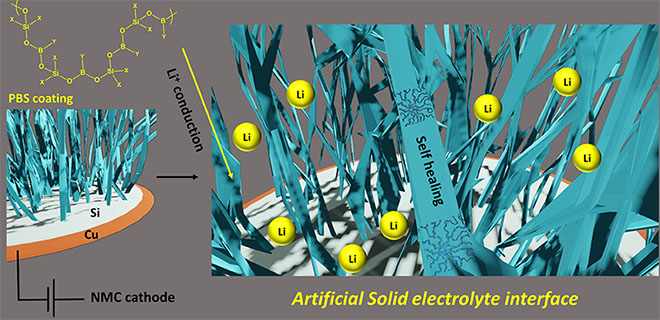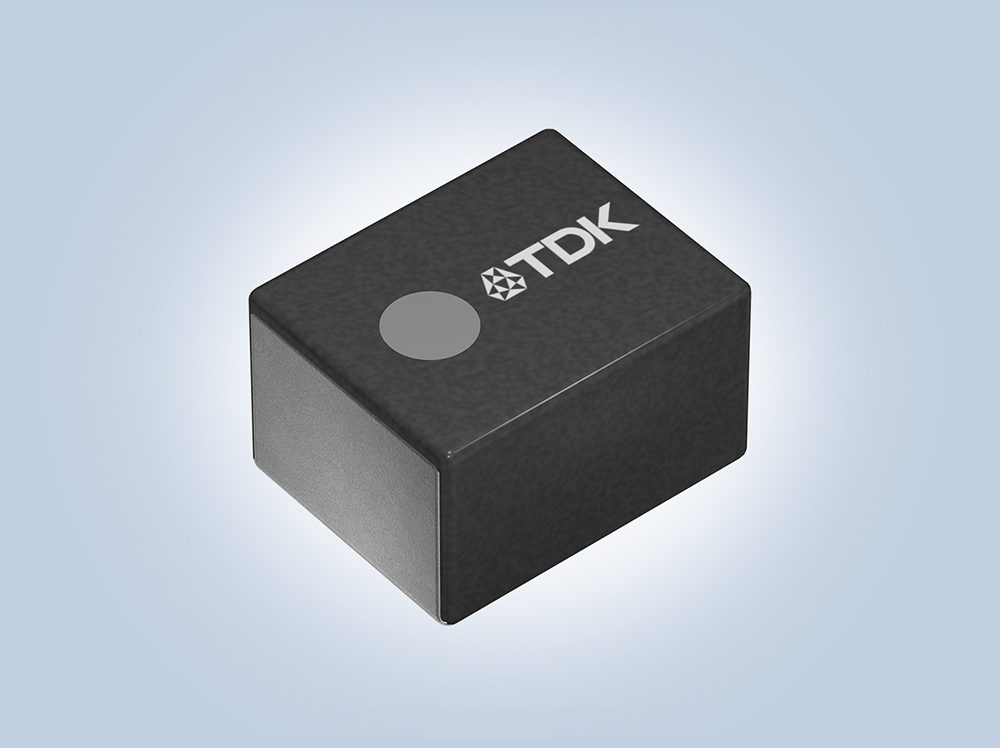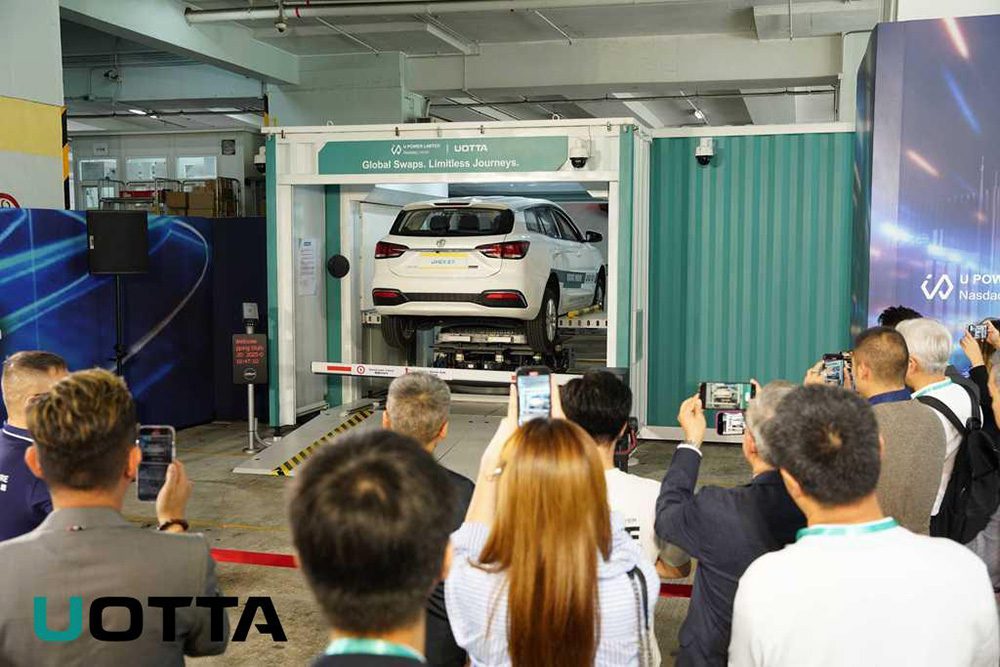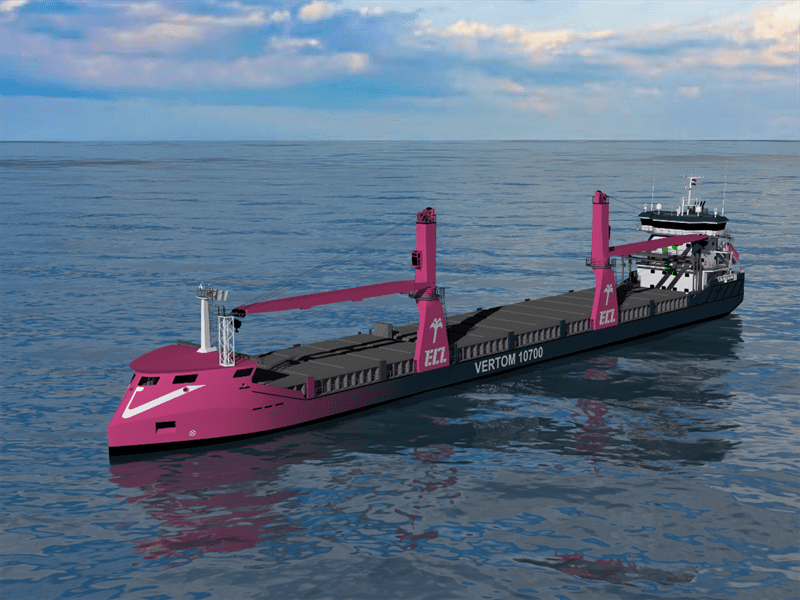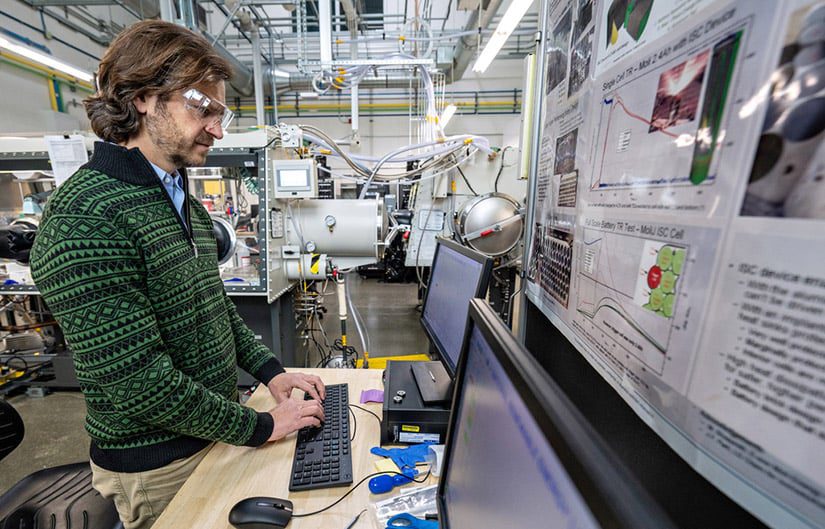Although silicon anodes could greatly boost the capacity of Li-ion batteries, their performance rapidly degrades with use. Polymeric coatings can help solve this problem, but few studies have explored the underlying mechanisms. In a recent study, scientists from the Japan Advanced Institute of Science and Technology (JAIST) investigated how a poly(borosiloxane) (PBS) coating stabilizes the capacity of silicon anodes.
Polymeric coatings can solve one of the most serious drawbacks plaguing silicon anodes: the formation of an excessively large solid electrolyte interphase (SEI). The spontaneous formation of the SEI between the electrolyte and the anode is essential for the long-term performance of the battery, but silicon tends to expand greatly with use, which causes continuous SEI formation and the depletion of the available electrolyte, hindering performance and causing capacity loss over time.
Polymeric coatings can prevent the excessive SEI formation on silicon and form an artificial and stable SEI. Though researchers had already noted the potential of PBS as a coating for silicon anodes, previous studies did not offer clear explanations for the mechanisms at play.
The JAIST team compared the short- and long-term performance of silicon anodes with and without polymeric coatings in terms of stability, capacity and interfacial properties. They did this through a series of electrochemical measurements and theoretical calculations, which led them to understand how PBS helps stabilize the capacity of the silicon anode.
Compared to bare silicon anodes and anodes coated with poly(vinylidene fluoride) (a commercially used coating in LIBs), the self-healing properties of PBS and its reversible accommodation of lithium ions resulted in enhanced stability. This is partially due to the ability of PBS to fill in any cracks formed in the SEI during operation. The capacity of the PBS-coated silicon anode remained almost the same for over 300 hundred cycles, unlike that of the other two anodes.
Source: JAIST







